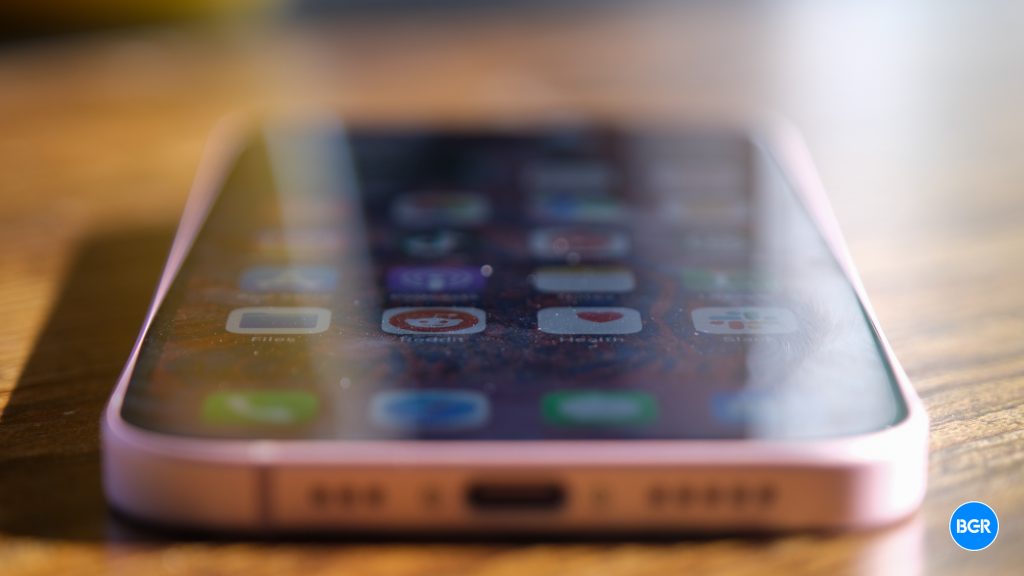A recent wave of rumors claims that Apple will release a foldable MacBook before a foldable iPhone. Supposedly, Apple is targeting 2026 as a potential launch window for a foldable computer. To get there, Apple reportedly wants foldable displays that don’t have a visible crease when unfolded.
Apple and LG might be working on crease-free foldable displays that measure almost 20 inches when unfolded. Separately, Samsung might start reducing the prominence of the crease with the Galaxy Z Fold 6 and Flip 6 this year. Next year’s Samsung foldables might have even better displays.
But what if the key tech for making a foldable iPhone isn’t necessarily the perfection of hardware design? Instead, what if it’s the perfection of software?
A new report from TrendForce says that foldable shipments should reach 17.8 million units in 2024, making up 1.5% of the total smartphone market. The analysts see that share climbing to 4.8% by 2028, which would be massive growth for the foldable industry.
Tech. Entertainment. Science. Your inbox.
Sign up for the most interesting tech & entertainment news out there.
By signing up, I agree to the Terms of Use and have reviewed the Privacy Notice.
TrendForce says Apple is unlikely to launch a foldable phone before 2027. The analysts at the firm say Apple has strict requirements for the crease and reliability of the phone, which makes sense, considering how Apple does things. Apple would want the foldable iPhone to feature the best possible screen experience when unfolded. The screen should be very durable as well.
A foldable iPhone would also impact the market significantly:
Rumors about Apple entering the foldable phone market continue to circulate. TrendForce notes that Apple is still evaluating component specifications and performance, with strict requirements for crease and reliability. Apple is unlikely to release a foldable phone before 2027, but its entry could significantly shift market dynamics.
It’s too early to tell what sort of foldable iPhone Apple would launch first. But I’d say a design with a verticle flip makes the most sense. Samsung’s Flip-style phones and similar clamshells sell better and are more affordable than Fold-type devices that unfold horizontally to become tablets.
An iPhone Flip model would let Apple increase the screen size slightly, while keeping the handset pocketable. Rumors also say that Apple is working on an iPhone 17 Slim/Ultra flagship for next year that would be slimmer than current designs and slightly smaller than the Pro Max size.
The M4 iPad Pro proves that Apple cares about device size and weight. Apple might apply similar design principles to future iPhones.
A foldable iPhone Flip device that’s slim when unfolded is an exciting prospect. It would be all the more interesting in 2027 when Apple will celebrate the iPhone’s 20th anniversary.
 Samsung Galaxy Z Flip 5 on a table — even from far away, you can still see the crease. Image source: Christian de Looper for BGR
Samsung Galaxy Z Flip 5 on a table — even from far away, you can still see the crease. Image source: Christian de Looper for BGR
But what if Apple is also waiting for the software experience to get where it needs to be before the foldable iPhone is released?
By that, I mean the personal AI experience that Apple will debut with iOS 18 in a week. The most exciting AI feature coming to the iPhone is a Siri assistant that can perform actions in apps. It’ll start by performing one instruction at a time, but in the future, you’ll be able to string together various commands, and Siri will do those actions for you.
You might not even need to turn on the display or open apps to get things done. You’ll just say your commands out loud, and the iPhone or AirPods will pick them up. You might only use the screen when watching content or interacting with the handset in apps where voice control isn’t possible.
That would be one reason to fold an iPhone. The handset would be more pocketable and easier to carry around than the increasingly larger iPhones we currently own. And remember that the iPhone 16 Pro models are going to get slightly larger this year. Personal AI will handle more things for you, and you won’t need the large display as often. Instead, the external screen might be enough for many use cases.
This is all speculation, of course. But I’m sure Apple will have to explain why you’ll want a foldable iPhone in 2027 (or later). It can’t be just a matter of design. After all, Samsung foldables would be approaching their 10th anniversary by then.
Apple could always say that it has waited so long to get things right in terms of hardware (a slim iPhone with a crease-less display and powerful specs) and software (sophisticated personal AI that lives on your handset).
I’ll also add one more thing: a foldable iPhone could be the kind of pocketable computer Apple needs for the AR glasses of the future. If the glasses you wear show all the information you need at any point in time, you will unfold the screen even less frequently. A personal AI assistant would still help you manage the handset for you.

